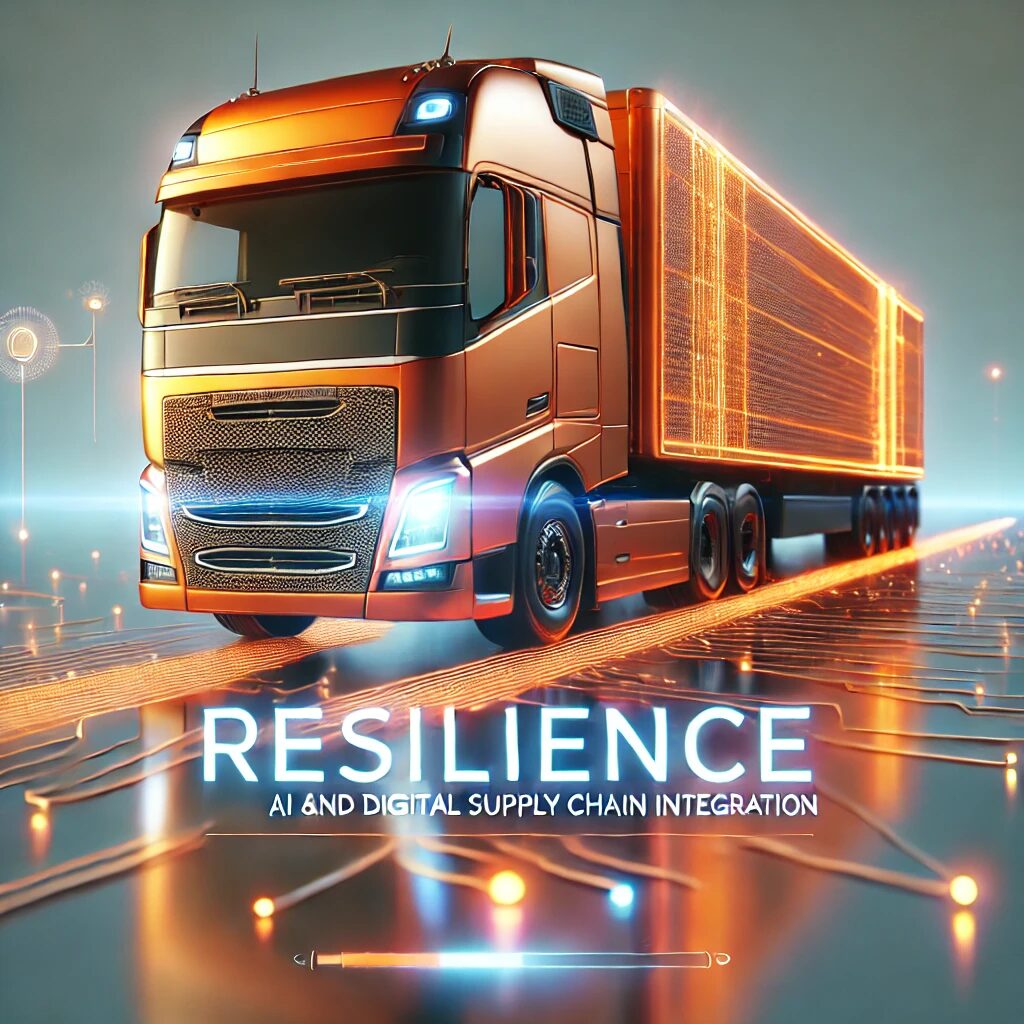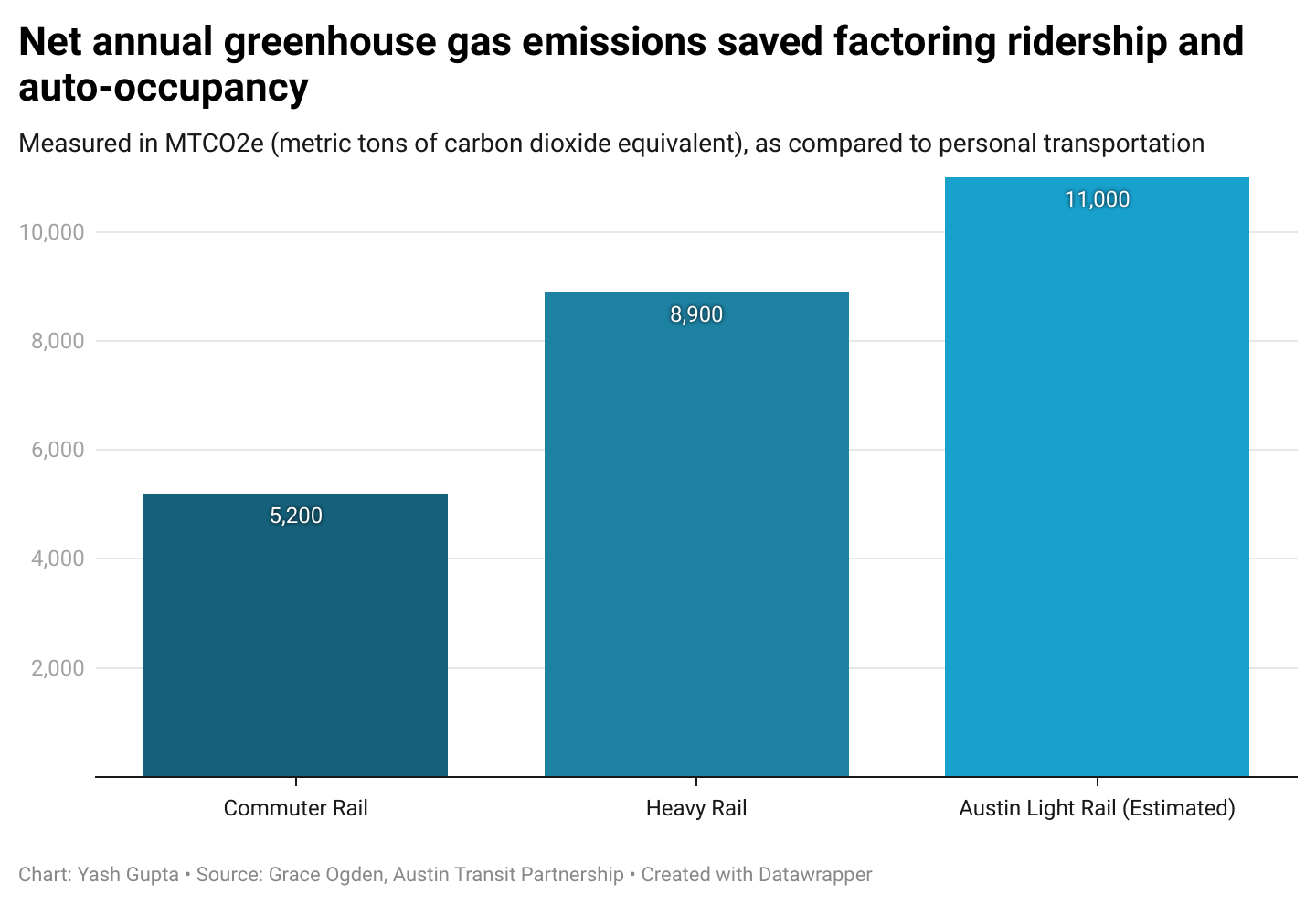Survival Strategy: How Global Businesses Are Reinventing Supply Chains in a Volatile World

Beyond Cost Optimization: Building Resilient Supply Chains in an Unstable Trade Environment
In today's volatile global marketplace, businesses are discovering that traditional supply chain strategies focused solely on cost reduction are no longer sufficient. The complex geopolitical landscape, ongoing trade tensions, and unprecedented disruptions have exposed the critical need for adaptive and robust supply chain management.
The Changing Dynamics of Global Trade
Recent years have demonstrated that supply chains are increasingly vulnerable to unexpected challenges. From pandemic-induced shutdowns to geopolitical conflicts and trade restrictions, companies are learning that resilience is not just a buzzword—it's a strategic imperative.
Key Strategies for Supply Chain Resilience
- Diversification of Suppliers: Moving beyond single-source dependencies to create a more flexible and risk-mitigated sourcing approach.
- Advanced Technology Integration: Leveraging AI, machine learning, and real-time analytics to enhance visibility and predictive capabilities.
- Localization and Regionalization: Developing more localized supply chain networks to reduce long-distance dependencies.
Embracing Strategic Flexibility
Successful organizations are reimagining their supply chain models, prioritizing adaptability over pure cost efficiency. This means developing agile frameworks that can quickly respond to market shifts, regulatory changes, and unexpected global events.
Investment in Resilience Pays Off
While building a more robust supply chain requires upfront investment, the long-term benefits far outweigh the initial costs. Companies that proactively address potential vulnerabilities can maintain operational continuity, protect revenue streams, and gain a competitive advantage in an increasingly unpredictable global environment.
Conclusion
The future of supply chain management lies in strategic resilience. By embracing a holistic approach that balances cost-effectiveness with adaptability, businesses can transform potential vulnerabilities into opportunities for innovation and growth.








